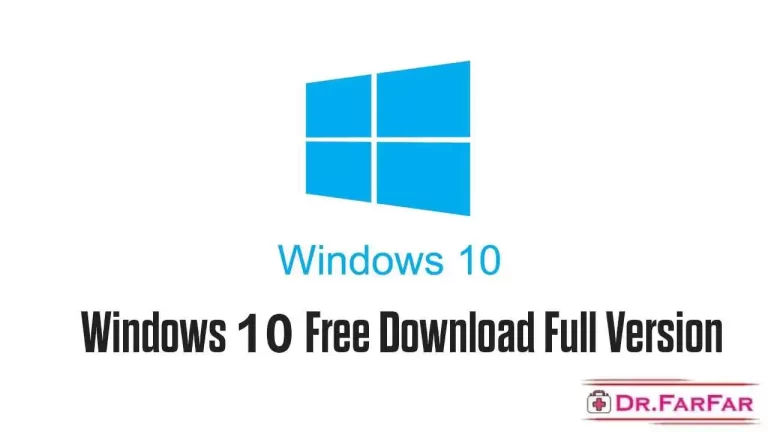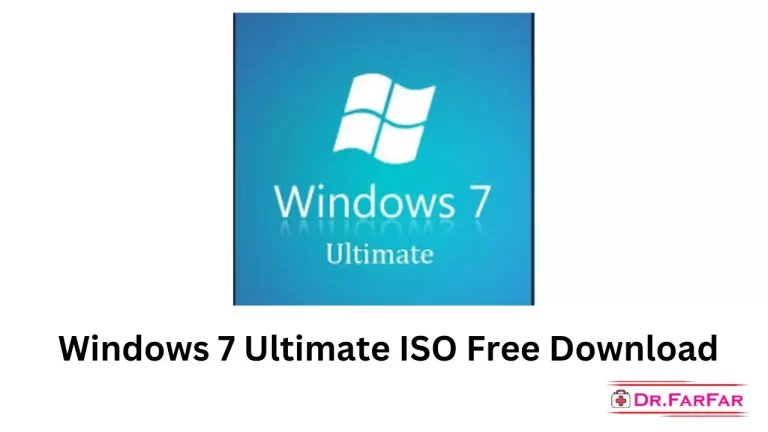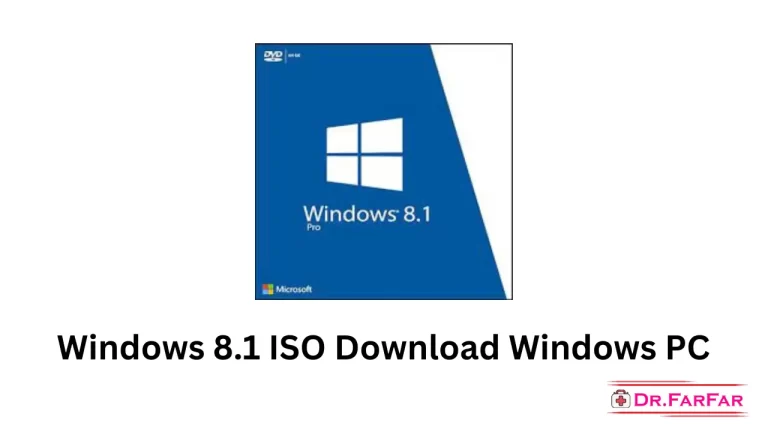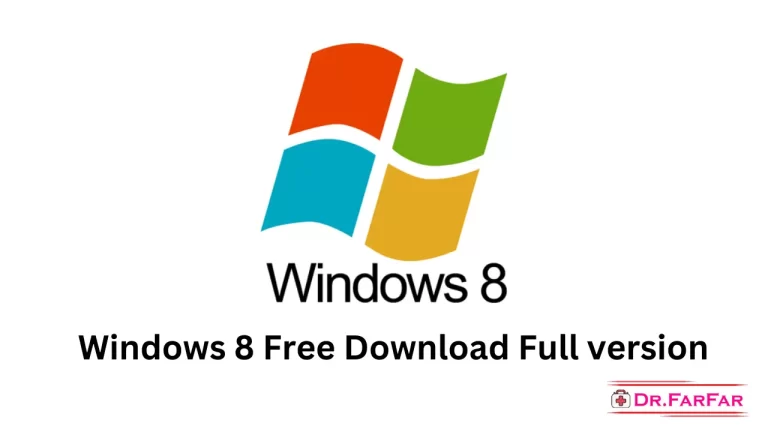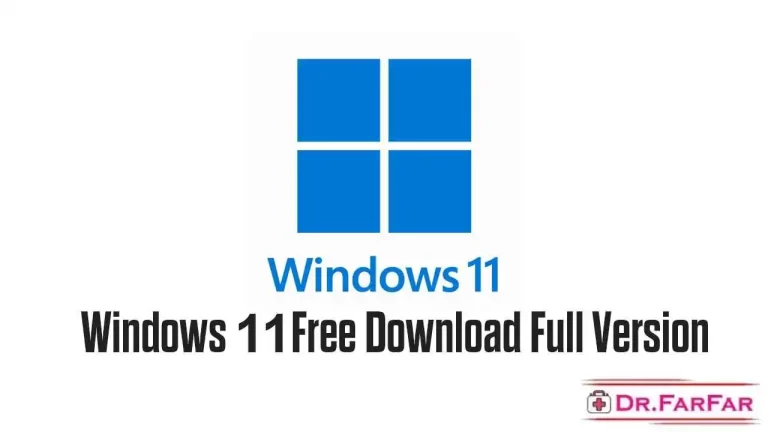Windows 7 Professional Iso Free Download for windows pc
Windows 7 Professional, released by Microsoft, remains a popular choice for many users despite newer versions of the operating system. Whether you’re upgrading an old system or need a stable environment for specific applications, understanding how to download and install Windows 7 Professional ISO can be quite beneficial. In this article, we’ll guide you through the essentials of Windows 7 Professional, its features, system requirements, and the process for a smooth installation.
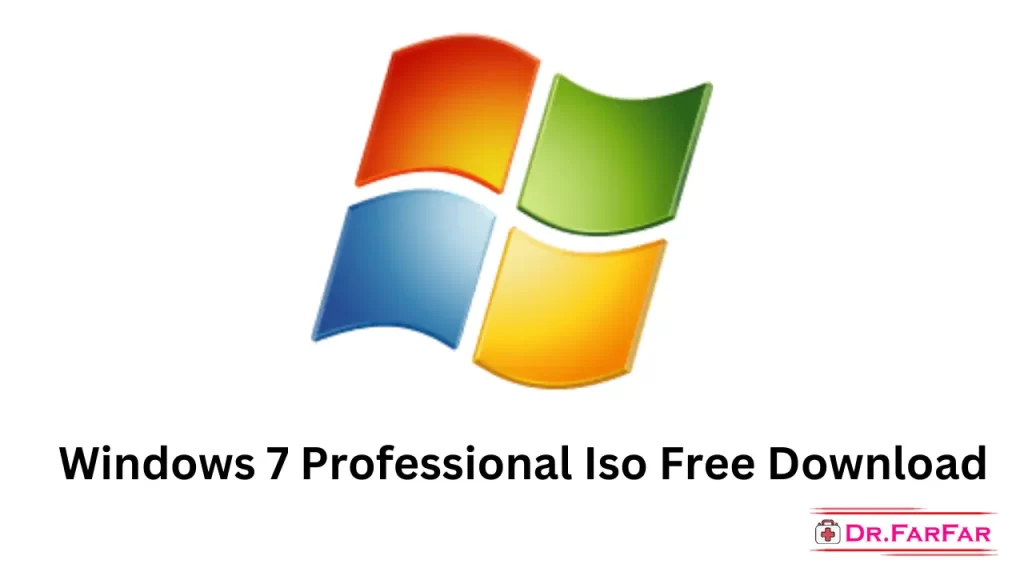
What is the Windows 7 Professional ISO?
The Windows 7 Professional ISO is a digital file that contains the complete set of installation files for Windows 7 Professional. It is a replica of the installation disc but in a single file format, which makes it easy to distribute and store. Essentially, the ISO file serves as a virtual disc image that can be used to install or reinstall Windows 7 Professional on your PC.
By using an ISO file, you can bypass the need for physical installation media like CDs or DVDs. This digital format allows you to create a bootable USB drive or burn the ISO to a DVD, enabling a straightforward installation process. It’s a practical option for users who prefer a more modern and convenient method of operating system installation.
The flexibility of the ISO file means you can keep a copy for future installations or repairs. It also provides a reliable way to access the installation files if your original disc becomes damaged or lost. For those who want to refresh their system or install Windows 7 Professional on a new machine, having the ISO file is an invaluable resource.
Also Read: Windows 8 Free Download

Features of Windows 7 Professional ISO
Enhanced Security Features
Windows 7 Professional includes robust security tools like BitLocker, which encrypts your entire drive to protect sensitive data from unauthorized access. This feature is particularly useful for safeguarding your files in case of theft or loss. Enhanced security measures help ensure your information remains confidential and secure.
Networking Capabilities
With advanced networking features, Windows 7 Professional allows seamless connection to corporate networks and shared resources. It supports domain joining, enabling you to access networked files and printers effortlessly. This makes it an ideal choice for businesses and professionals needing reliable network integration.
Remote Desktop Access
One of the standout features of Windows 7 Professional is Remote Desktop. This tool lets you connect to your PC from a different location, allowing you to work remotely as if you were sitting right in front of it. It’s perfect for accessing files or applications while on the go.
Virtualization Support
Windows 7 Professional supports virtualization through Windows XP Mode, allowing you to run older applications that require Windows XP. This feature is beneficial for users who need to maintain compatibility with legacy software while using a more recent operating system.
Professional Backup Solutions
The built-in backup and restore functions in Windows 7 Professional ensure your important data is safely backed up and easily recoverable. You can schedule automatic backups to prevent data loss, providing peace of mind knowing your files are consistently protected.
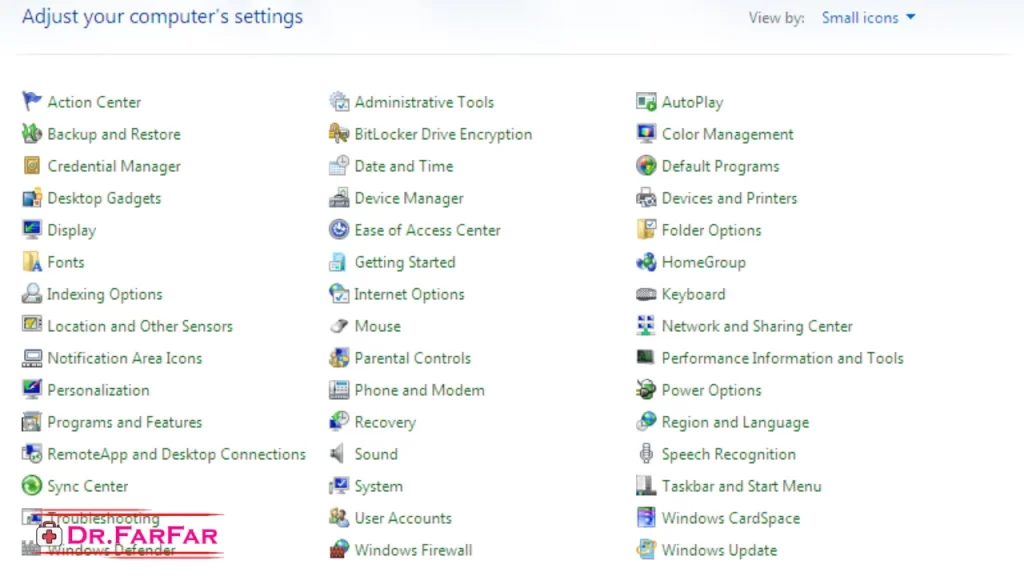
Why Should You Use the Windows 7 Professional ISO?
Opting for the Windows 7 ISO can be an excellent choice for several reasons. First, it provides a reliable way to install or reinstall a well-regarded operating system that has been praised for its stability and performance. If you’re working with older hardware or software that runs best on Windows 7, this ISO file offers an easy and efficient solution to get your system up and running smoothly.
Another advantage of using the ISO file is the flexibility it offers. Unlike physical discs, the ISO can be used to create bootable USB drives or burned onto DVDs, giving you multiple options for installation. This digital format is convenient and practical, especially if you need to perform a fresh installation or repair your current system.
System Requirements
Before you dive into downloading and installing Windows 7 Professional, it’s crucial to ensure your PC meets the requirements:
- Processor: A 1 GHz or faster 32-bit (x86) or 64-bit (x64) CPU
- RAM Requirements: 1 GB for 32-bit systems or 2 GB for 64-bit systems
- Hard Disk Space: Ensure you have 16 GB for 32-bit or 20 GB for 64-bit installation.
- Graphics Card: DirectX 9 graphics device with WDDM 1.0 or higher driver
- Optical Drive: DVD-ROM drive (if installed from physical media)

How to Download and Install Windows 7 Professional ISO?
Ready to get started? Here’s a step-by-step guide:
Download the ISO File:
- Official Sources: For authenticity and safety, it’s best to download the ISO file from Microsoft’s official site or authorized resellers. Be cautious with third-party sites to avoid malware.
- Backup: Before downloading, ensure you have a backup of your important data.
Create Installation Media:
USB Drive: Use tools like Rufus or the Windows USB/DVD Download Tool to quickly turn your ISO file into a bootable USB drive for installing Windows 7 Professional.
DVD: If you prefer, you can burn the ISO file to a DVD using software like ImgBurn.
Install Windows 7 Professional:
Boot from Media: Insert your installation media and restart your PC. Access the BIOS/UEFI settings (usually by pressing F2, F12, or Del during startup) and set your boot order to prioritize the USB or DVD drive.
Follow Installation Wizard: The setup process will guide you through the installation. Select your language, time, and keyboard preferences, and follow the prompts to complete the installation.
Activate Windows:
Product Key: You’ll need a valid product key to activate Windows 7 Professional. Enter the key when prompted during the setup process or afterward through the System Properties.
Conclusion of Windows 7 Professional ISO
The Windows 7 Professional offers a convenient way to install or reinstall one of the most beloved operating systems from Microsoft. With its strong feature set tailored for business and advanced users, it remains a reliable choice for many. By following the steps outlined above, you can ensure a smooth installation process and get back to enjoying the stability and familiarity of Windows 7.
Also Read: Windows 7 Ultimate ISO
Frequently Asked Questions (FAQs)
Microsoft officially ended support for Windows 7 on January 14, 2020. However, businesses and organizations that paid for extended support can still receive updates.
Yes, you can upgrade from Windows 7 to Windows 10. Microsoft offers an upgrade path with guidance available on their website. Ensure you back up your data before starting the upgrade process.
You can check compatibility by reviewing the system requirements listed above. Additionally, Microsoft’s Windows 7 Upgrade Advisor tool can help assess your system’s compatibility.
Windows 7 Professional offers features like domain join, advanced backup options, and remote desktop capabilities, making it ideal for professional and business use.

